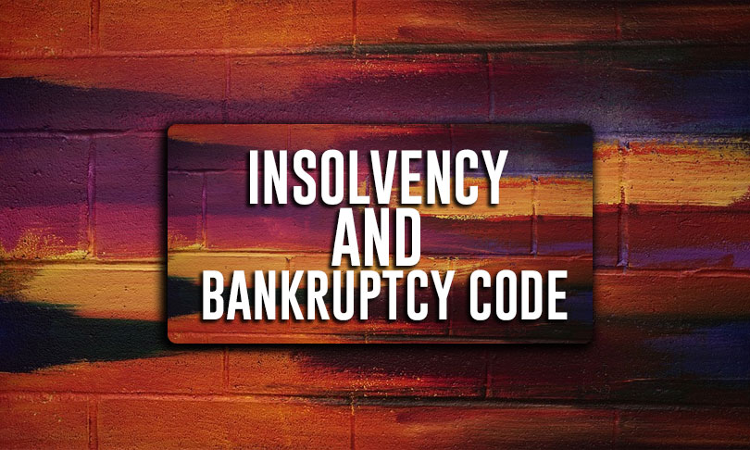Next Story
13 March 2023 11:20 AM IST
Group Entity insolvency is a need for the hour to increase the recovery where the subsidiary is highly profitable company and the parent or other company of the group which is under financial distress and faces insolvency. The cost incurred on the brand value, advertisement and other mutual expenses which has been encashed by the group companies should also be made liable for the...

